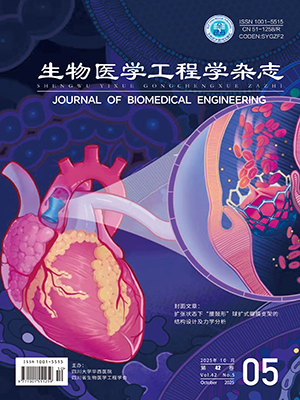Numerical simulation is one of the most significant methods to predict the temperature distribution in high-intensity focused ultrasound (HIFU) therapy. In this study, the adopted numerical simulation was used based on a transcranial ultrasound therapy model taking a human skull as a reference. The approximation of the Westervelt formula and the Pennes bio-heat conduction equation were applied to the simulation of the transcranial temperature distribution. According to the temperature distribution and the Time Reversal theory, the position of the treatable focal region was corrected and the hot spot existing in the skull was eliminated. Furthermore, the influence of the exposure time, input power and the distance between transducer and skull on the temperature distribution was analyzed. The results showed that the position of the focal region could be corrected and the hot spot was eliminated using the Time Reversal theory without affecting the focus. The focal region above 60℃ could be formed at the superficial tissue located from the skull of 20 mm using the hot spot elimination method and the volume of the focal region increases with the exposure time and the input power in a nonlinear form. When the same volume of the focal region was obtained, the more power was inputted, the less the exposure time was needed. Moreover, the volume of the focal region was influenced by the distance between the transducer and the skull.
Citation: ZHANGQian, WANGYizhe, ZHOUWenzheng, XUEFanfan, JIANXiqi. Research on Numerical Simulation of Temperature Distribution during Transcranial Tumor Therapy with High Intensity Focused Ultrasound. Journal of Biomedical Engineering, 2014, 31(6): 1272-1277. doi: 10.7507/1001-5515.20140241 Copy
Copyright © the editorial department of Journal of Biomedical Engineering of West China Medical Publisher. All rights reserved




